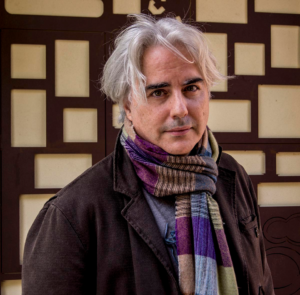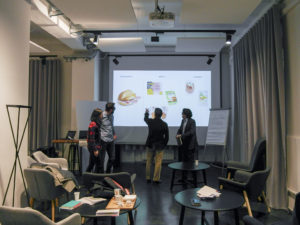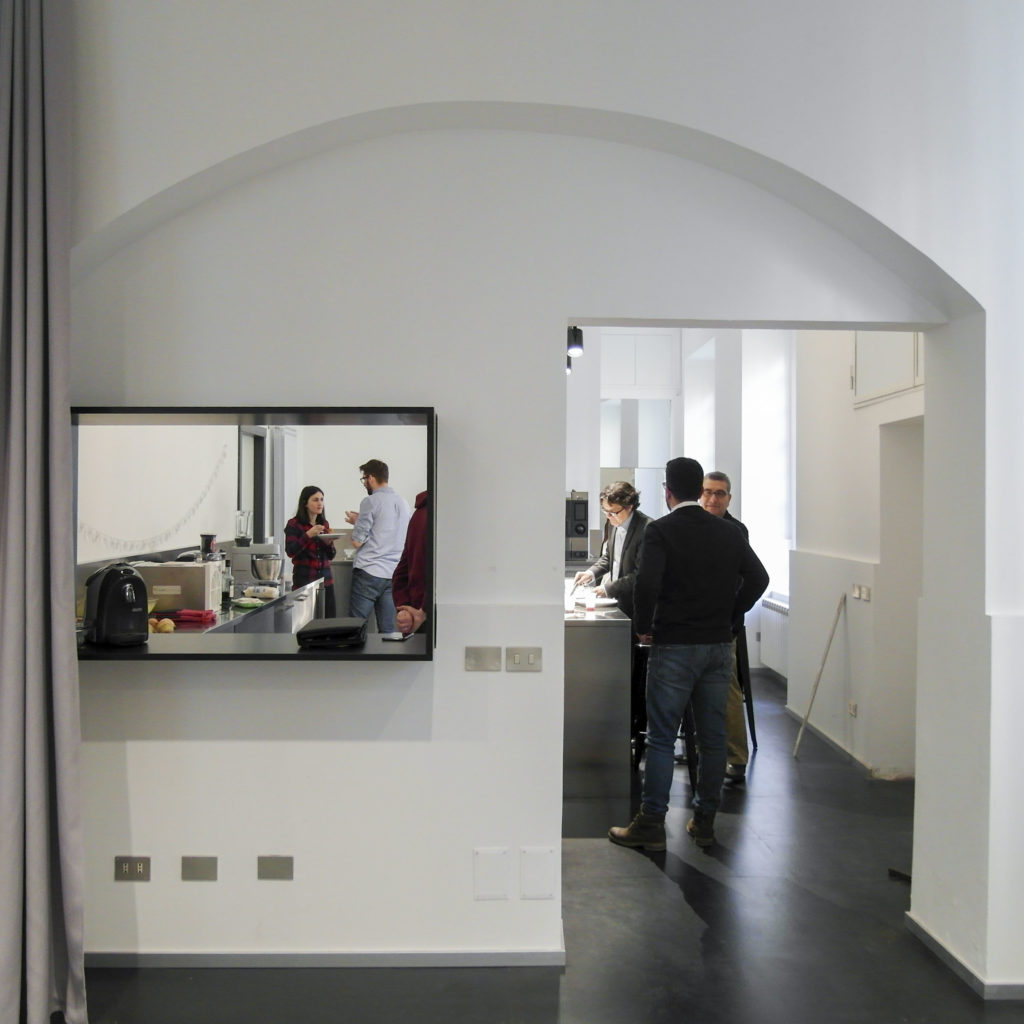Connected household appliances are not the future but the present. Besides, together with technology, design claims its double peculiar role: placing man at the core of the project and being able to communicate emotions
by Olivia Rabbi
What is the weight today, on the global household appliance-product quality, of the simple connection and sharing of data in a domestic net, and with a smart technological equipment? Federico Casotto, Design Manager and Food Specialist of Design Group Italia, international studio where he is also appointed manager of the FoodLab, has clear ideas.

There are ambits where connectivity and IoT find very interesting applications. «I refer to the integrated management of heat and cold, to cook and to conserve. A US start-up has developed an appliance for the vacuum cooking that can keep foods at a temperature under 3 degrees until the time of starting the cooking. You can programme or operate it from remote through smartphone». Ovens represent another application ambit of the IoT. «The professional oven we have installed in our laboratory kitchen allows us to enter a wide database to choose, to customize, to save and to monitor a complex cooking programme. So, we can replicate it without errors and share it with our customers, if necessary. In the domestic context, we must not deal with the same level of complexity and efficiency and these functions have less sense. In the home kitchen, new technologies should be oriented to simplification. On the market are already available ovens able to recognize the most common foods, to propose the ideal cooking programme and to adapt it to the real conditions. In some cases, they are equipped with internal camera and wi-fi connection that allow monitoring in streaming the food transformations while cooking from any point of the house. We no longer need to run into the kitchen and to open the door anxiously to check how things are proceeding. At the base of these ideas, there is the aim of offering friendly and reliable technology that frees the average user from the troubles connected with the use of a conventional oven. An intention that is sometimes mirrored in the forms and quality of interactions».
 In the ambit of human interactions, the physical level (grasping, filling, closing, opening and so on) and the digital one (reading, hearing, selecting, confirming, controlling vocally, programming and so on) are increasingly intertwined. «To design an object in this context, it is necessary to act on both levels coherently, also in relation to ergonomics and accessibility that, today, are no longer only categories of the physical world», adds Casotto. Design scenarios are changing and we must be properly equipped. «Four years ago, our studio decided to invest in new competences, creating the digital design division that nowadays employs ten permanent collaborators. In several cases, digital designers have worked in coordination with our product designers since the early design phases, both in case of a medical equipment, of an exhibition space or a household appliance. The approach to this type of designs is called User Experience Design. We design experiences, not objects».
In the ambit of human interactions, the physical level (grasping, filling, closing, opening and so on) and the digital one (reading, hearing, selecting, confirming, controlling vocally, programming and so on) are increasingly intertwined. «To design an object in this context, it is necessary to act on both levels coherently, also in relation to ergonomics and accessibility that, today, are no longer only categories of the physical world», adds Casotto. Design scenarios are changing and we must be properly equipped. «Four years ago, our studio decided to invest in new competences, creating the digital design division that nowadays employs ten permanent collaborators. In several cases, digital designers have worked in coordination with our product designers since the early design phases, both in case of a medical equipment, of an exhibition space or a household appliance. The approach to this type of designs is called User Experience Design. We design experiences, not objects».
The contraposition between “pure technology”, meant as anaffective bare function, and the product design full of emotion, beauty and meanings does not exist. «The interaction with any technological device always involves both functional and emotional aspects. We have worked for years for the industrial sector, designing machine tools, control panels and graphic interfaces Still nowadays many wonder what design can do or say in these contexts, where reliability, functionality, safety and, precisely, “pure technology” matter. Also the pure technology needs design for its full expression. We need an aware use of formal languages and a correct interpretation of functional and emotional needs of people using it».




